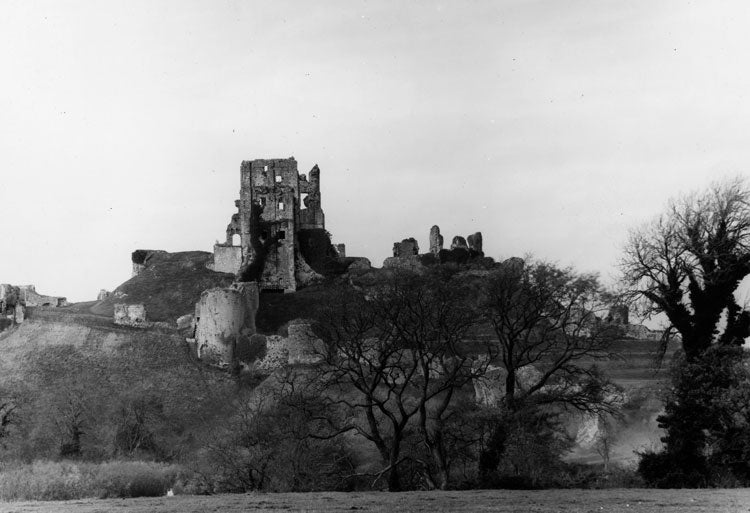Dorset castle ruins revealed to be 'ancient forest' of rare lichens

Your support helps us to tell the story
From reproductive rights to climate change to Big Tech, The Independent is on the ground when the story is developing. Whether it's investigating the financials of Elon Musk's pro-Trump PAC or producing our latest documentary, 'The A Word', which shines a light on the American women fighting for reproductive rights, we know how important it is to parse out the facts from the messaging.
At such a critical moment in US history, we need reporters on the ground. Your donation allows us to keep sending journalists to speak to both sides of the story.
The Independent is trusted by Americans across the entire political spectrum. And unlike many other quality news outlets, we choose not to lock Americans out of our reporting and analysis with paywalls. We believe quality journalism should be available to everyone, paid for by those who can afford it.
Your support makes all the difference.Corfe Castle in Dorset has been revealed as one of the country's most important sites for lichen, housing 102 varieties among its ruins, including four species described as "rare" and 11 described as "scarce".
Experts have compared it to an ancient forest, and say the castle's location, on a hill on the sunny south coast, away from pollution, has allowed such an unusual collection to grow.
The discovery was made when the National Trust, which owns the monument, began conservation work on the ruined castle as it was becoming dangerous to visitors. The Trust commissioned a survey to analyse the growth.
"Lichen is neither a plant nor animal, but is from the fungi kingdom and is a 'pioneer' species. If you build a wall, lichen will be on it first," said Vince Giavarini, the expert lichenologist who conducted the survey.
"They give us amazing information about the environment and will disappear if conditions change.
"But on Corfe Castle they have had hundreds of years to develop in good, pollution-free conditions.
"Corfe is a fantastic example of what happens when nature is allowed to take over. One of the rare species, Caloplaca granulosa, is only known to grow in one other area in Britain: Lizard in Cornwall.
Corfe Castle was built in the 11th century but destroyed, blown up, in 1646 by Oliver Cromwell's Parliamentarians at the end of the first English Civil War. Its then owner was Sir John Bankes, the Attorney General to Charles I.
"They [the lichens] have been sunbathing since the castle was ruined during the English Civil War and they are probably the only continuous inhabitants of the castle since that time," said Mr Giavarini.
Angela Peters, a National Trust ecologist, said: "Our work at Corfe treats the wildlife associated with it on a par with the historic environment. The lichen survey shows just how important our historic buildings can be as sites for wildlife."
The Corfe Castle finding comes in the same month as the rediscovery, in Herefordshire, of a lichen believed to be extinct in the UK. The golden eye lichen, once common across southern England, was last seen in Cornwall in 1998. Air pollution, fertiliser use and fewer orchards were blamed for it dying out but climate change could explain its reappearance, some scientists say.
Join our commenting forum
Join thought-provoking conversations, follow other Independent readers and see their replies
Comments